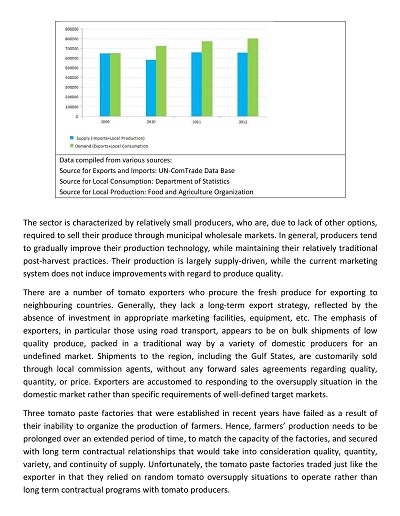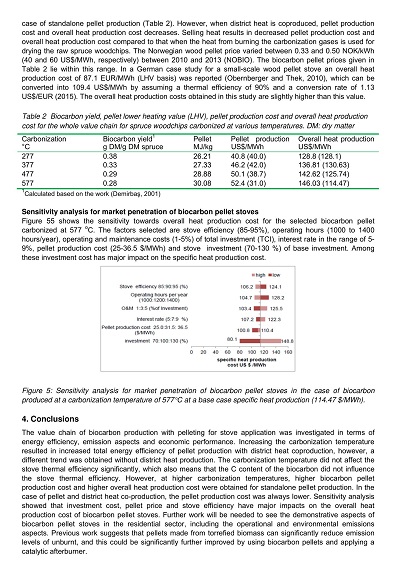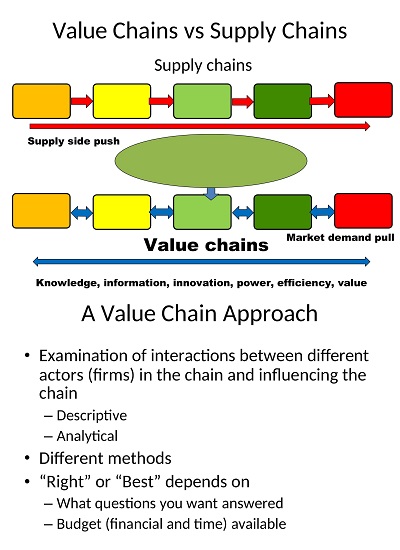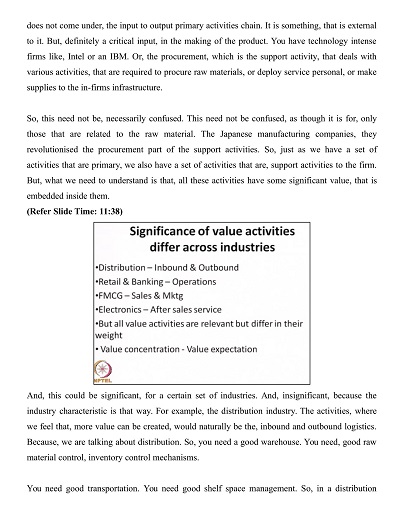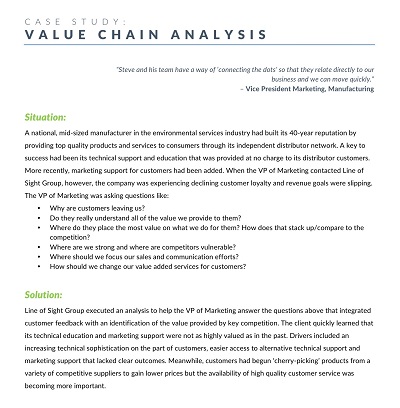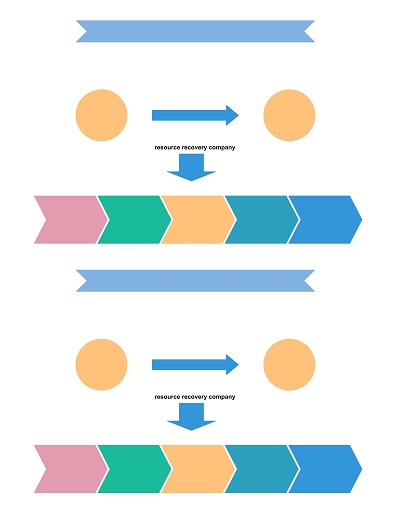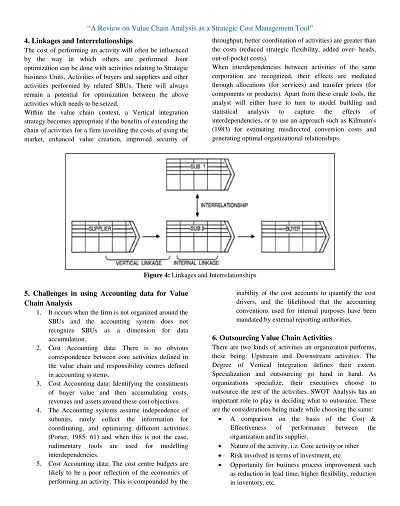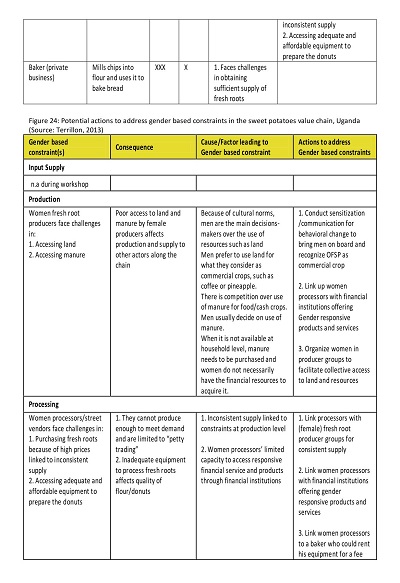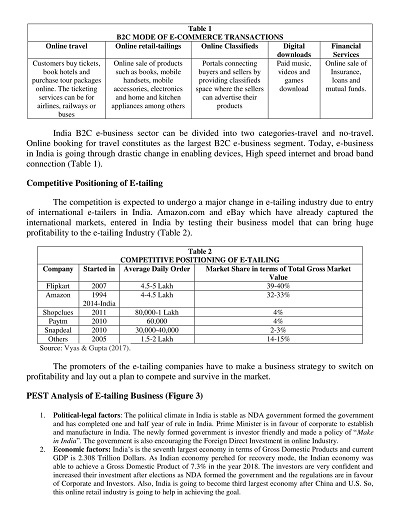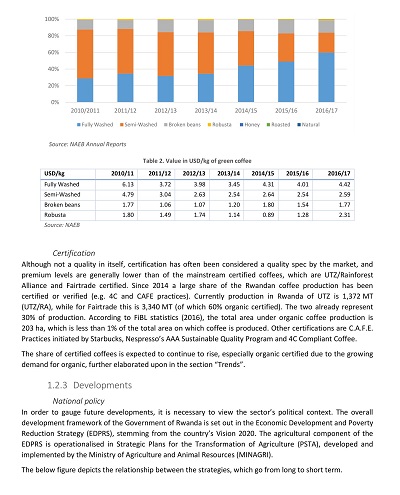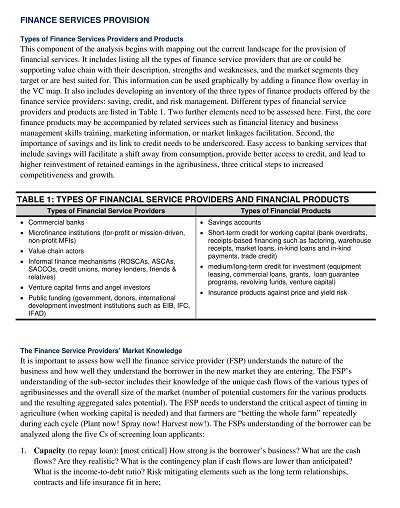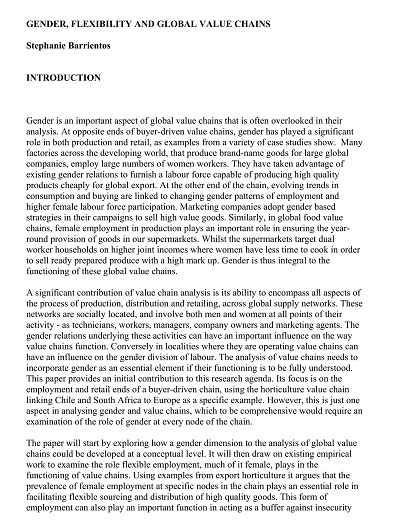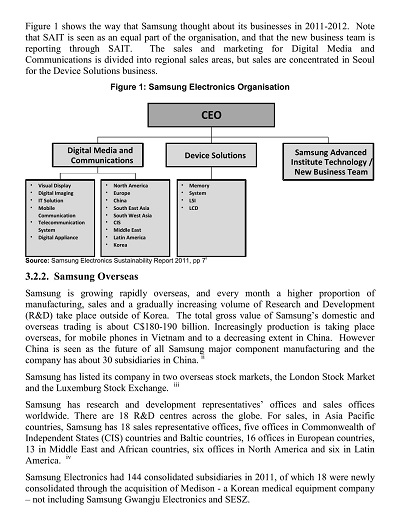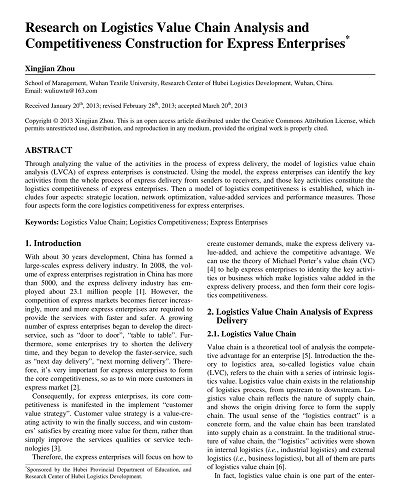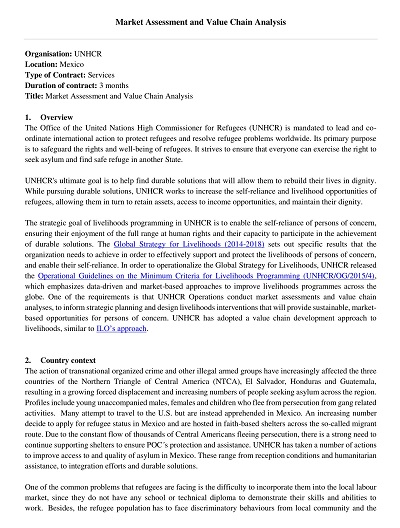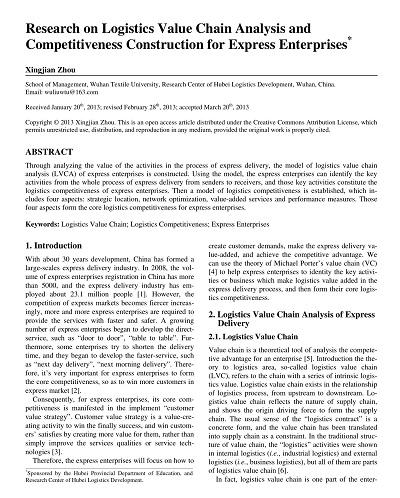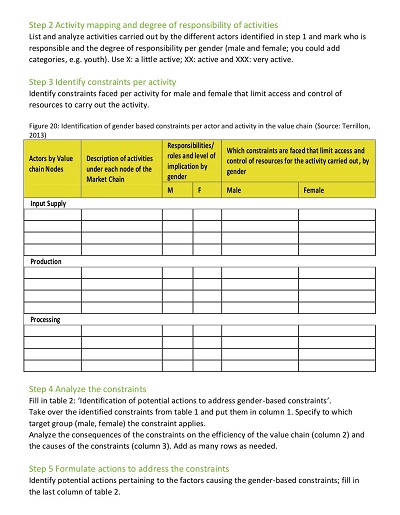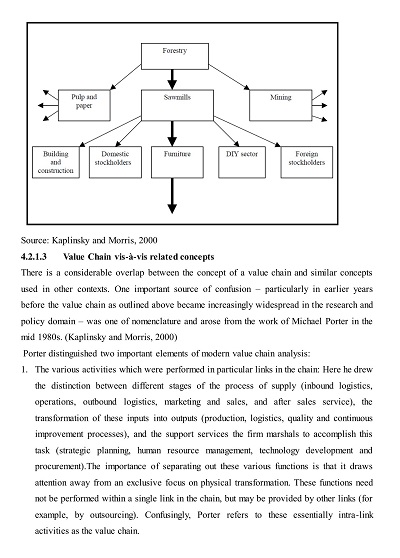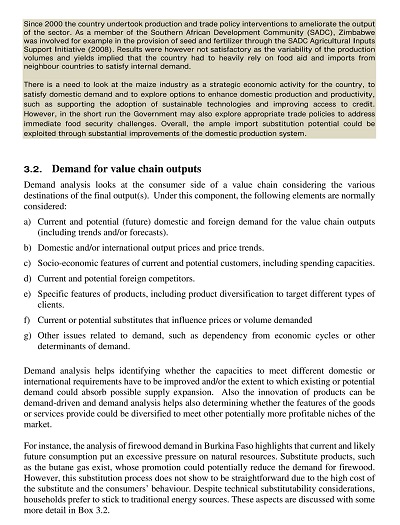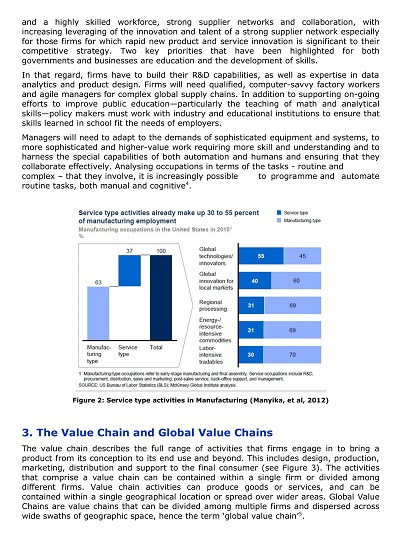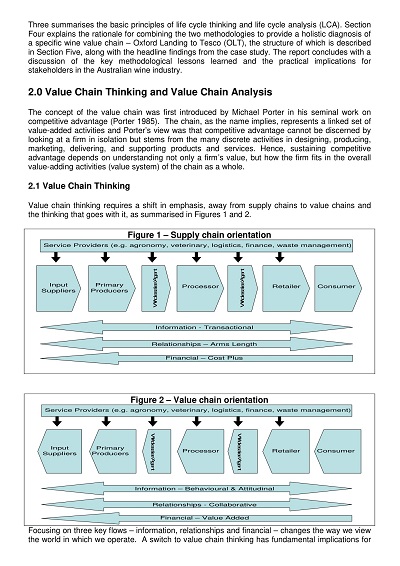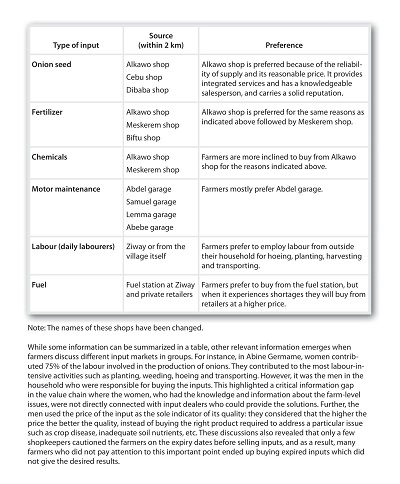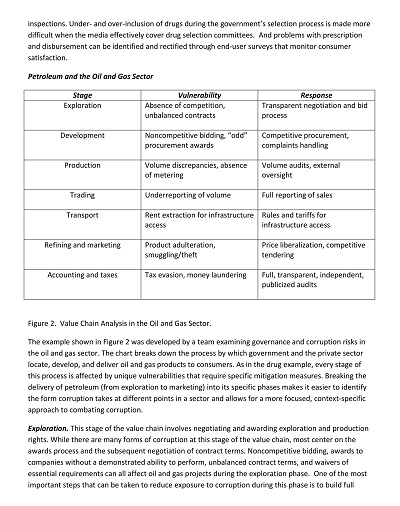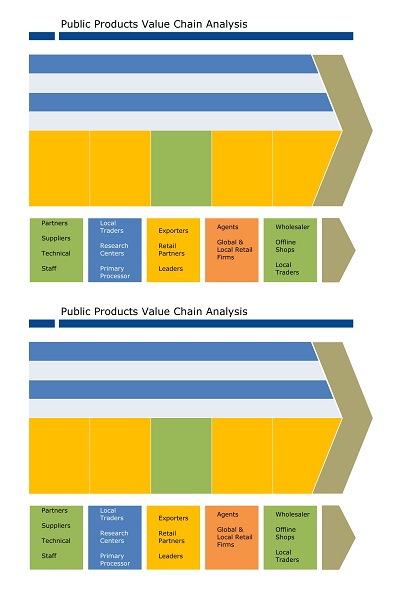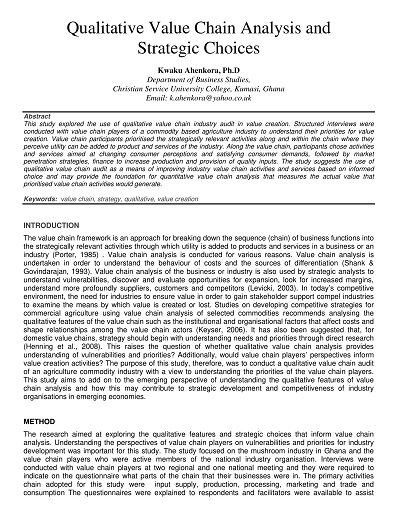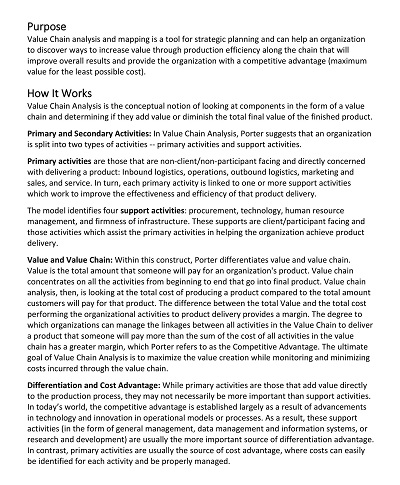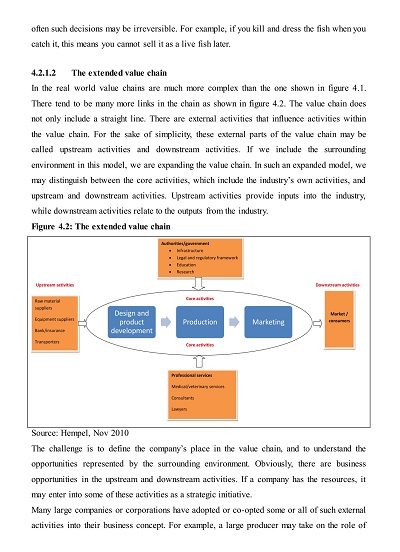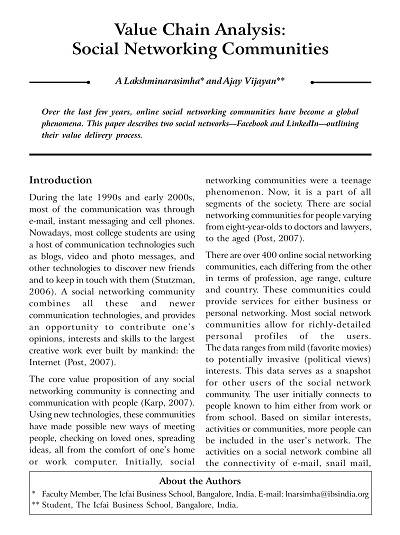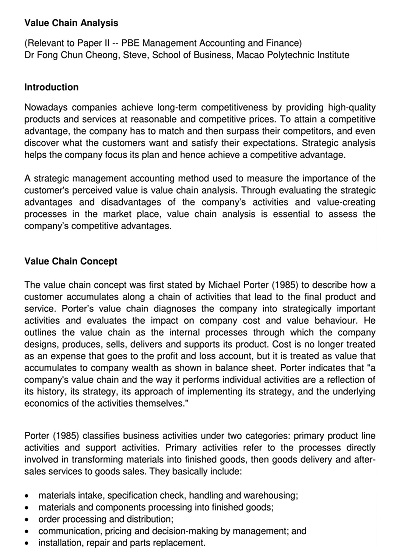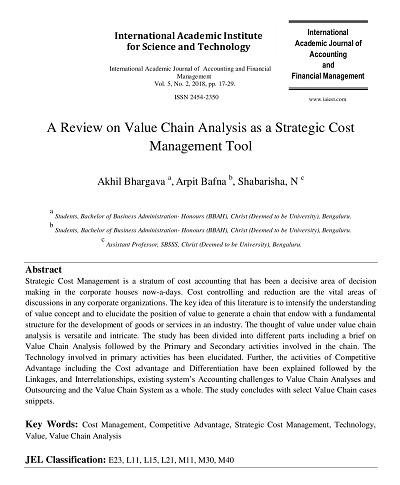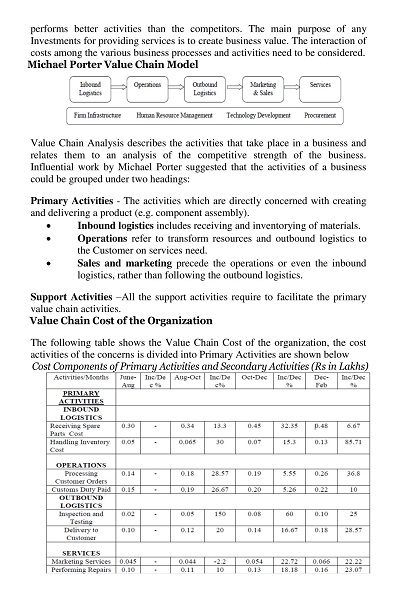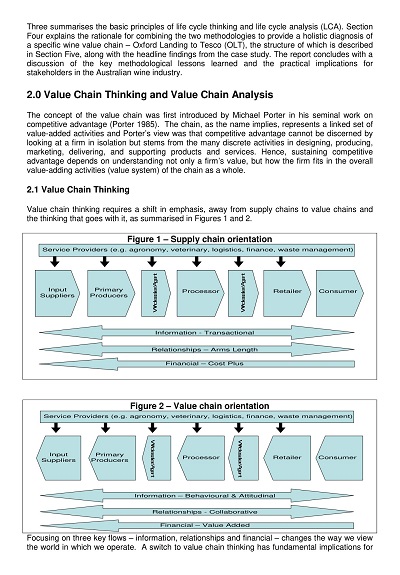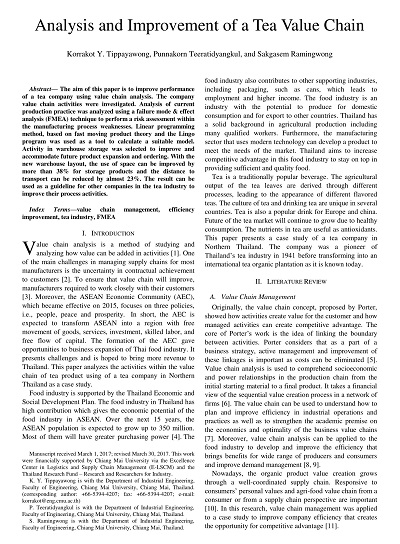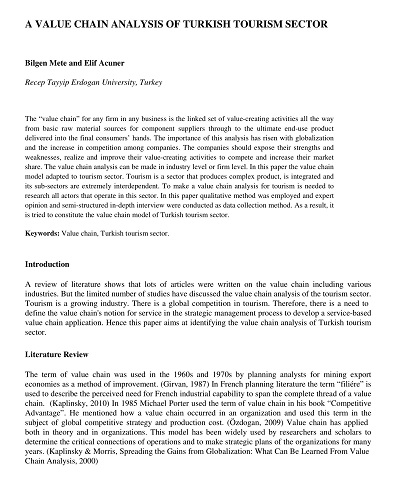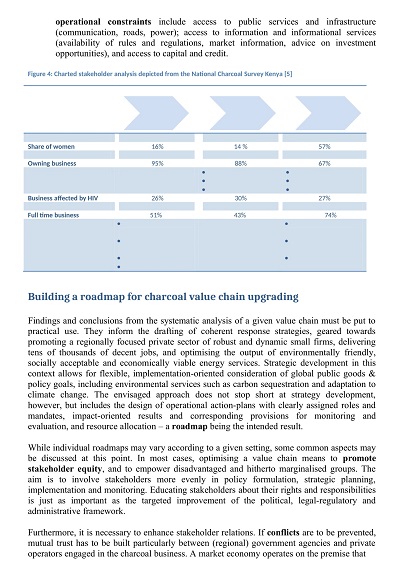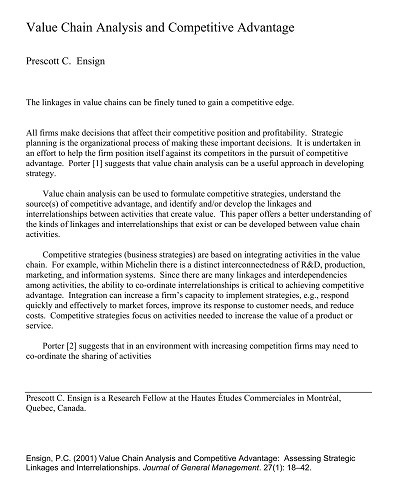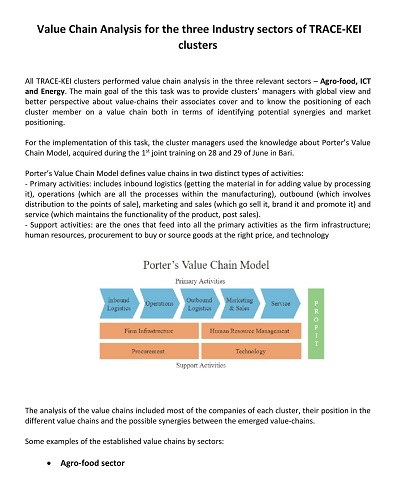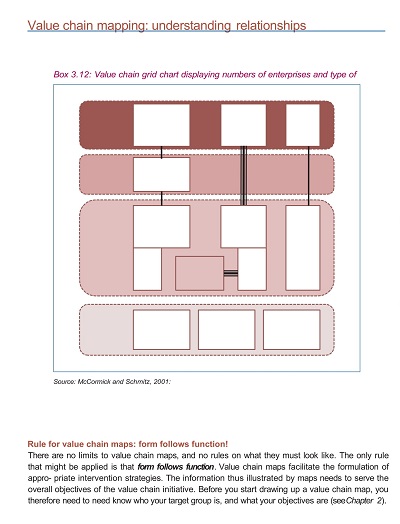50+ Free Simple Value Chain Analysis Templates (PDF, Doc)
The value chain analysis template is an essential tool for organizations of all sizes, providing detailed insights into the various stages of bringing a product or service to the market. This analysis template offers a systematic approach to evaluating all aspects of the value chain, from sourcing raw materials to delivering finished products to customers.
By identifying all the activities involved in the value chain, organizations can determine where they add value and where to improve their processes. The template can be easily customized to meet an organization’s specific requirements, making it a valuable resource for businesses looking to optimize their operations and stay competitive in today’s complex marketplace.
Download Free Simple Value Chain Analysis Templates
Importance of Value Chain Analysis
Value Chain Analysis is crucial for businesses to understand how they create and capture value throughout their operations. By breaking down each process step, from product design to customer delivery, companies can identify areas where they can reduce costs, improve efficiency, and ultimately generate higher profits.
It also helps organizations to understand their competitive advantages, such as unique resources or capabilities. This knowledge can then be used to make more informed decisions and target areas that will significantly impact the bottom line. In today’s rapidly changing business landscape, having a thorough understanding of the value chain is more important than ever to stay ahead of the competition.
Value Chain vs. Supply Chain
Value and supply chain management are distinct concepts that are often used interchangeably. The main difference between the two is the focus. While the supply chain is concerned with transforming raw materials into finished goods, the value chain concentrates on each activity’s value to the product or service. Value chain management involves identifying activities that add value and eliminating those that do not, leading to cost savings, enhanced quality, and better customer satisfaction.
In contrast, supply chain management includes purchasing raw materials, production, transportation, and distribution, all of which contribute to fulfilling customer demand. Both value chain and supply chain are crucial aspects of any organization, and when combined effectively, they can lead to optimized operations, reduced costs, and increased profits.
Supply Chain Integration and Value Chain Analysis
Companies must look for innovative ways to maximize profits as the business landscape becomes more complex. One way to accomplish this is through integration and value chain analysis. The integration of these methods can help businesses optimize their supply chain operations, identify areas for improvement, and make strategic decisions that ultimately drive revenue growth.
Companies must examine every possibility to enhance profitability as the market becomes increasingly competitive. Through proper planning and execution of supply chain integration and value chain analysis strategies, businesses can get ahead of their competition and thrive in today’s demanding business environment.
Value Chain Analysis in Global Business
In today’s global economy, businesses must understand the value chain of their products or services. Value chain analysis involves breaking down the steps in providing a product or service, from conception to final delivery to the customer. By doing so, businesses can identify the areas where they can add value, improve efficiency, and reduce costs.
A thorough understanding of the value chain can help businesses pinpoint potential risks and opportunities in the global marketplace. As such, value chain analysis has become essential for businesses operating in today’s highly competitive and interconnected world.
How to Create a Value Chain Analysis Template
You may have heard of a value chain analysis as a business owner or manager. This tool is essential for identifying opportunities to add value to your business and increase profitability. However, creating a value chain analysis template from scratch can be daunting.
Define Your Business Operations
The first step in creating a value chain analysis template is to define and map out your business operations. Start by listing all the activities within your company that contribute to the production and delivery of your products or services.
These activities can be divided into primary and support activities. Primary activities are those directly involved in creating the product or service, such as production, sales, and delivery. Support activities enable the primary activities, such as procurement, technology support, and human resources, to function effectively.
Identify the Value-Creating Steps
Once you have mapped out your business operations, identify which activities are value-creating. These are the activities that directly contribute to the creation and delivery of your product or service. This step is crucial in determining the critical success factors of your business, which are the steps that create the most value and drive your bottom line.
Assess Competitive Advantage
After identifying the value-creating steps, the next step is assessing your business’s competitive advantage in each activity. Ask yourself what factors differentiate your business in these steps and where your competitive advantages lie. Your answers will help you understand why customers choose your company over others and identify areas where you can improve to maintain your competitive edge.
Analyze Your Costs
The next step is to analyze the costs associated with each value-creating step. This analysis should identify areas where you can reduce costs, increase efficiency, and improve margins. This step is essential to maximize profits and find opportunities to invest your resources into future growth activities.
Create a Value Chain Analysis Template
Once you have completed the analysis, it’s time to create a value chain analysis template for your business. Your template should include all the activities within your business, divided into primary and support activities, and identify which activities create value and drive competitive advantage. The template should also include an analysis of the costs associated with each activity, allowing you to identify areas for cost savings and future investment opportunities.

